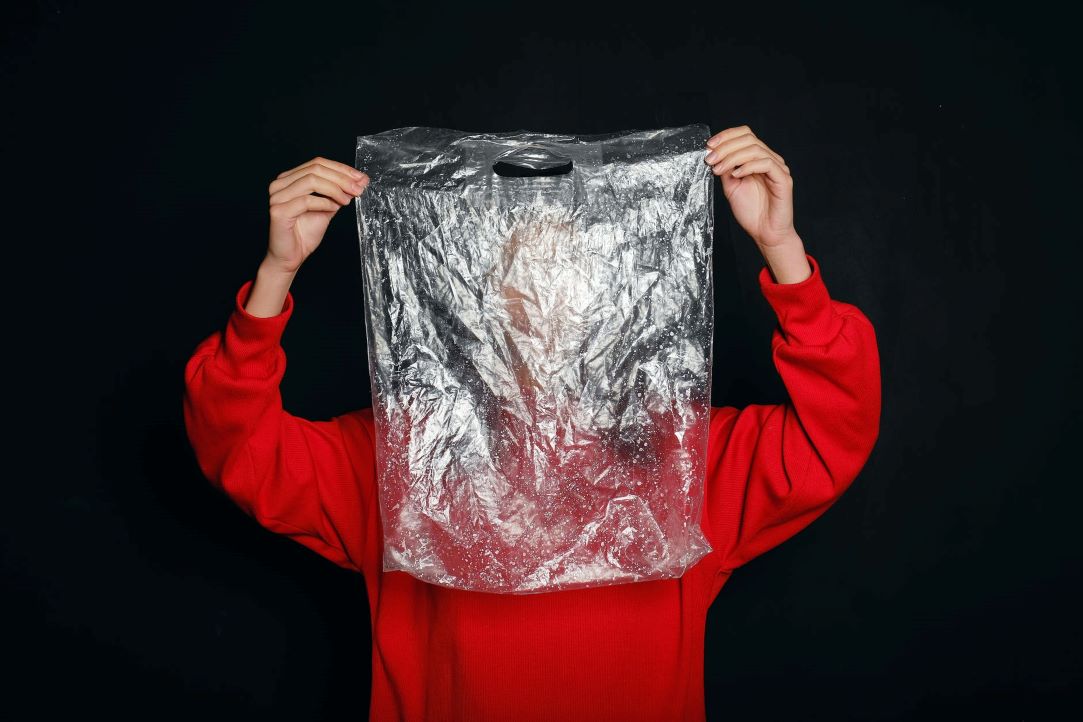More About Plastic

The most popular and most convenient material to use is plastic. Generally, it is used for packaging household products, cosmetics, shampoos or shower gels. Unfortunately, it does not decompose and cannot be completely abandoned, but we should start sorting it. Sustainable consumption, minimization of waste and recycling have grown into a global trend recently, and Russia is also eager to join.
There are several options for a new life for any garbage, including plastic: landfilling, incineration (by fire) and recycling. Recycling is the most sparing and reasonable choice. It is easy to determine the type of plastic by marking. Each plastic item has its own number, which is located either at the bottom of the bottle, or indicated on the label:
[1] PET (PETE), polyethylene terephthalate - the most common and transparent type of plastic. Used for bottles, shampoo packaging, shower gels, gives beautiful color to bottles. This material does not require special expenses and is recyclable, one of the safest types.
[2] and [4] PE-LD and PE-HD, polyethylene - the most common type of plastic in Russia. All bottles, films, soft packs for powders and plastic labels are made from polyethylene.
[3] PVC, polyvinyl chloride - used for cling film, artificial leather, banners, posters, stickers.
[5] PP, polypropylene - packaging materials, films. In Europe, bottles for household products are made from it. In Russia, only covers made of 90% propylene are made of it. At low temperatures, this plastic bursts, so in Russia bottles of more than one liter are not made from it.
[6] PS, polystyrene - heat-insulating materials, ceiling fillets, decorative tiles, disposable thermal dishes, polystyrene are made from it.
[7] PC, O, OTHER, polycarbonate, polyamide, a mixture of various types of plastics or polymers - baby bottles, food packaging, toys, water bottles.
[8] On some packages you can see the numbers 81, 82, 84 and even 90 - mixed materials, such as paper with plastic. Difficult to process.
For proper sorting, you should know that some packages may contain combined types of plastic. For example, the packaging of a washing gel: the bottle consists of polyethylene (PE), and the top is made of a plastic nose and a transparent polypropylene cap. Labels, stickers and blisters (PS, PVC, PET, PE) is a separate type of plastic. Blisters are also used for packaging toilet blocks and tubes of glue. There is the other type of package, doy-pack casings: the top layer consists of PET, and the inner one is made of polyethylene. This can not be separated, such packages need different from the others processing.
For sorting at home, you can create separate containers for collecting different types of plastic. If you accidentally mixed up one plastic with another and handed over the garbage, nothing terrible would happen. All of the contents are sorted additionally by specialists. The key point is to clean the packaging out of excess of food, products and labels in order not to damage raw materials because of rotten deteriorated garbage. You can try to place containers for recycling in the yard, but discuss this with your neighbors and householders.
Just take the first step.
Text by
Mayya Afanasyeva
